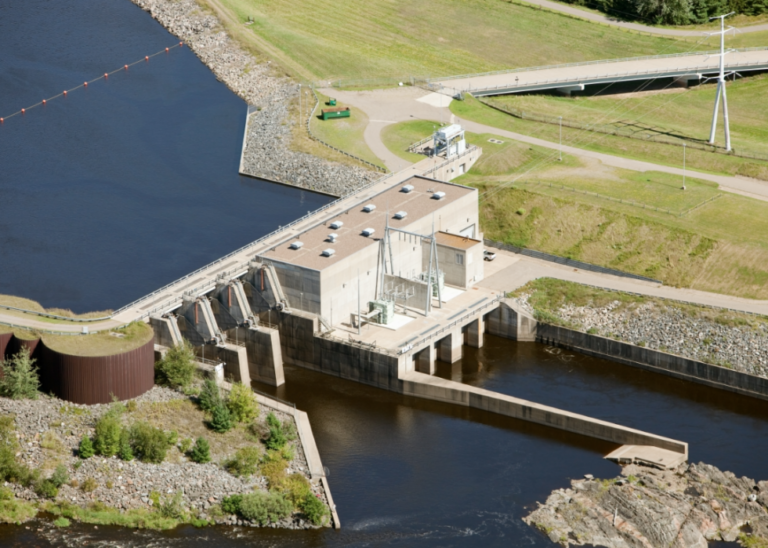Record rainfall pelted parts of Iowa for 12 hours straight in July 2010, sending 10 inches of rainwater draining toward Lake Delhi, Iowa, a popular recreation destination for decades since its construction in the 1920s.
Holding back 9 miles of lake water with more precipitation flowing in by the minute was the 80-year-old Lake Delhi Dam, constructed of hundreds of feet of earth, concrete, and steel. The water punched a 30-foot-wide hole in the dam wall, spewing floodwater into the surrounding region.
Emergency and state officials ordered evacuations in time to prevent any loss of life. For safety professionals, the failure underscored the threat posed to dams by climate change (increasing the risk of flooding events), the importance of regular maintenance and inspection, and the impact of human errors in dam construction on dam integrity.
GetMyBoat analyzed data from the U.S. Army Corps of Engineers’ National Inventory of Dams to identify states with the most dams at risk of failure that pose the greatest potential threat to nearby residents. The public database allowing Americans to look up the conditions of nearby dams has grown to include more than 90,000 dams.
As more dams get added to the national inventory, analyses of this database reveal a growing number of dams in poor and unsatisfactory condition, some of which have the potential to be life-threatening should they fail—dams the inventory deems “high-hazard.”
States in this analysis ranked by the share of high-hazard dams that could pose a danger to human life, including those assessed to be in “poor” or “unsatisfactory” condition, those that haven’t received inspections, and those where the state agency that oversees them has not reported its conditions.
A designation of “poor” is given to inspected dams showing deficiencies that threaten the dam’s integrity during normal operations. “Unsatisfactory” is given to dams that require “immediate or emergency remedial action,” according to the Army Corps of Engineers. About 1 in 10 of the inventory’s dam listings have no condition reported by state agencies.
“It is likely most of these dams should be listed at […]
Full article: www.kxnet.com

